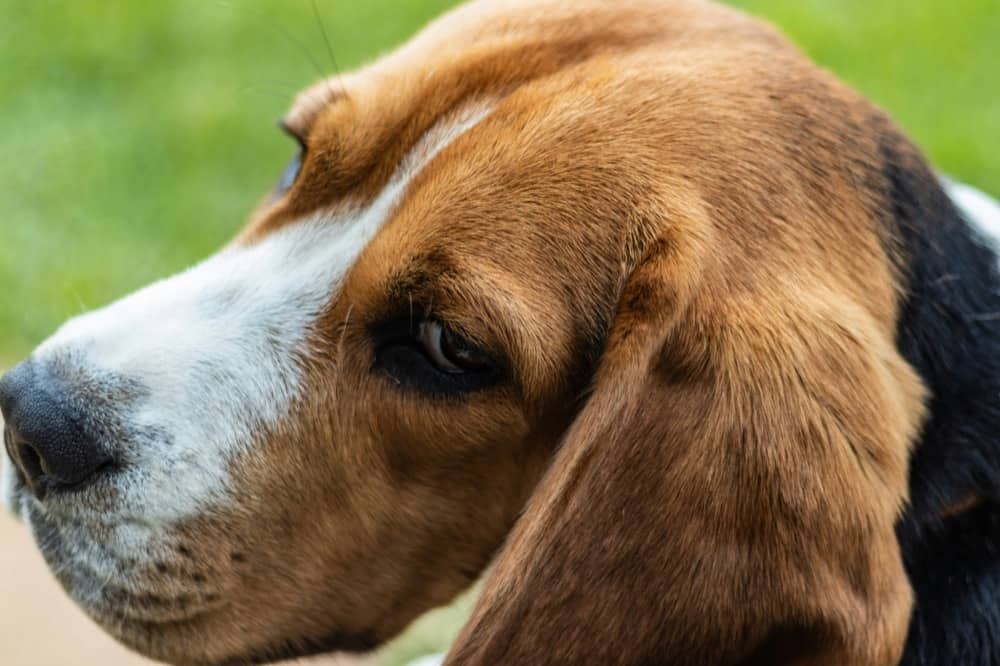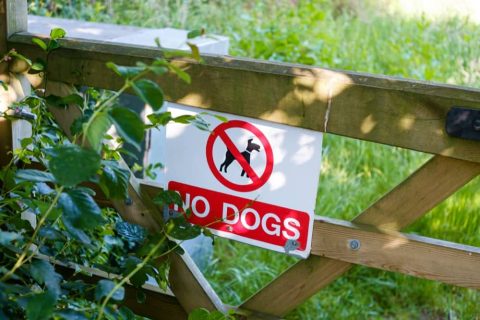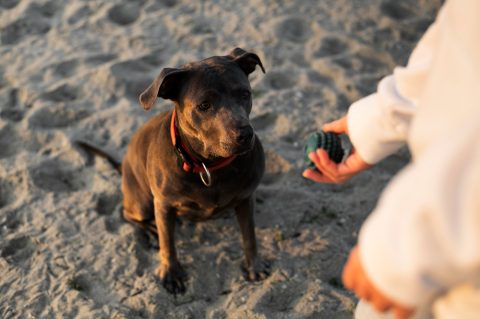If you’ve ever noticed a small red bump on your dog’s eyelid and wondered if it’s something serious, you’re not alone. A stye may look minor at first, but it can be incredibly uncomfortable for your pup and, if ignored, lead to complications affecting their vision. Understanding what causes a stye, how to treat it, and when to seek veterinary help can make all the difference for your dog’s eye health.
Contents
What Is a Stye?
A stye, medically known as hordeolum, is a painful, inflamed lump that forms on the edge of a dog’s eyelid. It’s similar to a pimple in humans and develops when oil glands or hair follicles near the eyelid become clogged with dirt, bacteria, or debris. The trapped oil inside the gland can quickly turn into an infection, creating a pocket of pus that looks swollen and red.
While styes are typically localized, they can sometimes lead to more serious eye problems if left untreated. In rare cases, a bacterial infection from a stye can spread, potentially affecting the cornea or deeper tissues around the eye.
Causes of Styes in Dogs
A stye usually develops because of an overgrowth of bacteria, most commonly Staphylococcus. However, there are several other factors that can make dogs more susceptible to these infections:
- Allergies – Environmental or food allergies can irritate the eyes, prompting excessive rubbing or scratching.
- Eye injury – Even a small scratch or dust particle can cause inflammation.
- Weakened immune system – Dogs recovering from illness or under stress are more vulnerable to infections.
- Parasites or viruses – Certain infections may trigger secondary bacterial problems.
- Underlying eye diseases – Conditions like glaucoma, conjunctivitis, or corneal ulcers may increase the risk.
Autoimmune disorders and canine influenza have also been linked to recurring eye infections, including styes. Many dog owners confuse a stye with cherry eye, a different condition involving the prolapse of the third eyelid gland. While both may cause swelling, they require completely different treatments.
Signs and Symptoms
Spotting a stye early can prevent more serious issues. Look out for these common symptoms:
- Redness and puffiness around the eyelid
- A small round bump or abscess
- Discharge or pus leaking from the eye
- Excessive blinking or pawing at the face
- Sensitivity to light or reluctance to open the eye
If your dog’s eyelid appears swollen or painful, or if the discharge becomes thick and yellow, it’s best to schedule a vet visit right away. Ignoring these signs could result in more severe infections or even partial vision loss.

Treatment Options
1. Veterinary Diagnosis
Your veterinarian will begin with a physical examination to confirm the bump is a stye and not another condition like a cyst or tumor. In some cases, they may perform an eye culture or stain test to identify bacterial growth and check for corneal ulcers.
2. Medications
For mild cases, vets usually recommend topical antibiotic ointments or antibacterial eye drops to help clear the infection. These are applied directly to the affected area two or three times daily. If the infection is deeper or more painful, your vet may prescribe oral antibiotics or anti-inflammatory medication to reduce swelling and discomfort.
It’s crucial not to attempt home remedies like squeezing the stye or applying human eye drops—doing so can worsen the infection or damage the eye.
3. Warm Compress
A gentle warm compress can help soften the blockage and encourage drainage. Use a clean, damp cloth and hold it over your dog’s closed eye for five minutes, two to three times a day. This simple step can help relieve pressure and promote healing.
4. Professional Drainage
If the stye grows larger, doesn’t respond to medication, or begins to interfere with your dog’s vision, your vet may recommend minor surgical drainage. Under sedation, the stye is carefully lanced to release pus and bacteria. The area is then rinsed with a sterile eye wash, and antibiotics are prescribed to prevent recurrence. Most dogs recover quickly from this procedure.
Prevention Tips
Eye hygiene plays a major role in preventing styes and other infections. Here’s how to help keep your dog’s eyes clean and healthy:
- Wipe your dog’s face daily with a damp cloth, especially around the eyes.
- Trim long fur around the eyes to prevent irritation.
- Avoid letting your dog stick its head out of car windows or play in dusty areas.
- Manage allergies and visit your vet for seasonal flare-ups.
- During baths, ensure no shampoo or soap enters the eyes.
- Consider protective eyewear for dogs that enjoy outdoor adventures.
If your dog is prone to eye problems, make eye-cleaning part of your regular grooming routine. It’s a small effort that can prevent painful infections in the future.
For more everyday care advice, check out Everyday Pet Care Tips for a Clean and Happy Companion.
When Is a Dog Stye an Emergency?
Most styes clear up within a week or two, but in some cases, they can become more serious. Seek immediate veterinary care if:
- The swelling worsens or spreads beyond the eyelid
- Your dog can’t open its eye
- There’s thick, yellow-green discharge
- Your dog is lethargic, stops eating, or seems in pain
Untreated eye infections can lead to complications like corneal ulcers, scarring, or permanent vision loss. If you’re unsure whether your dog’s condition is urgent, it’s always safest to call your vet for guidance.
Final Thoughts
Your dog’s eyes are delicate, and even small issues like styes can cause discomfort and distress. With good hygiene, regular check-ups, and prompt veterinary care, most dogs recover quickly and without lasting problems. As a rule of thumb, if something looks off about your pet’s eyes, don’t wait—address it early and protect your dog’s precious sight.








